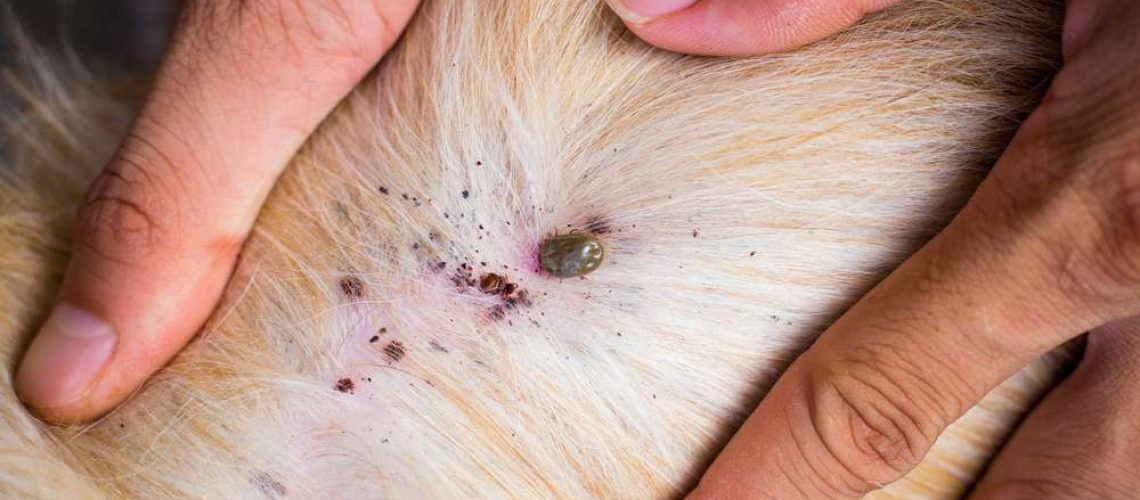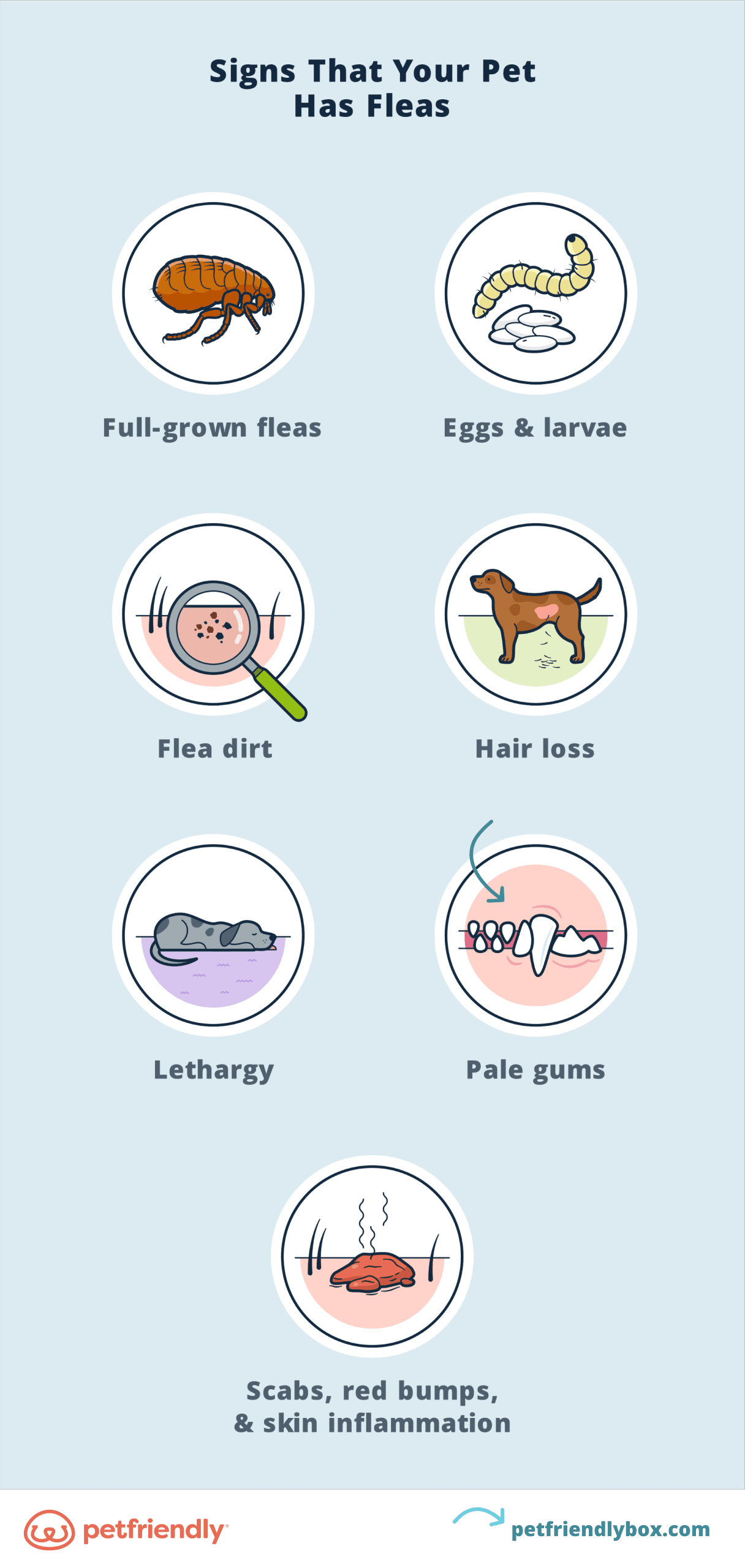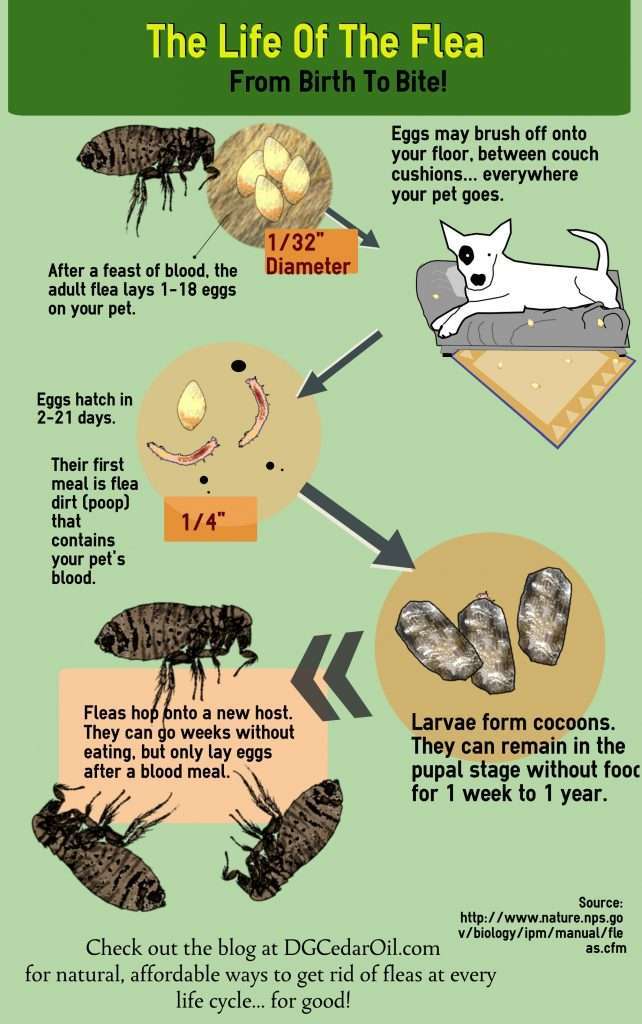Key Takeaways:
- Fleas are common parasites that can infest dogs and cause discomfort and health issues.
- Regular flea prevention is essential to protect dogs from infestations and related problems.
- Flea bites can cause itching, skin irritation, allergic reactions, and even transmit diseases to dogs.
- Effective flea control involves treating the dog, their environment, and practicing good hygiene.
- If a dog has fleas, it is crucial to consult a veterinarian for proper diagnosis and treatment options.
Are you a dog owner who wants to keep your furry friend happy and healthy? If so, understanding the topic of fleas in dogs is essential. Fleas are not just pesky little insects that cause itching and discomfort for your pet. They can also lead to serious health problems if left untreated. By delving into this subject, you will gain valuable knowledge on how to prevent and treat flea infestations, ensuring the well-being of your beloved canine companion. In fact, did you know that according to recent studies, over 50% of dogs will experience a flea infestation at some point in their lives? Don't let your dog become a statistic! Join us as we explore the world of fleas in dogs and discover effective strategies to protect our furry friends from these tiny but troublesome creatures.
What are fleas and why do they bother dogs?
Fleas are tiny insects that can cause a lot of discomfort for dogs. They have flat bodies and strong legs that allow them to jump onto animals easily. Fleas survive by biting animals and feeding on their blood. When a flea bites a dog, it injects saliva into the skin, which can cause itching and irritation.
Dogs are bothered by fleas because the flea bites can be very itchy and uncomfortable. Dogs may scratch or bite at their skin in an attempt to relieve the itching, which can lead to further irritation and even skin infections. Fleas can also transmit diseases to dogs, such as tapeworms or bacterial infections.
How do fleas get onto dogs?
Fleas are very good at jumping and can easily hitch a ride on a passing animal, such as another dog or a cat. They can also be picked up from infested environments, such as grassy areas or carpeted floors. Once on a dog, fleas quickly make themselves at home in the warm fur and begin feeding on the dog's blood.
Fleas reproduce rapidly, laying eggs that fall off the dog and into the environment. These eggs hatch into larvae, which then develop into pupae before emerging as adult fleas. This life cycle can take as little as two weeks, so it's important to act quickly if you suspect your dog has fleas.
Signs that a dog may have fleas
- Excessive scratching or biting at the skin
- Redness or inflammation of the skin
- Tiny black specks (flea dirt) in the fur
- Visible fleas or flea eggs on the dog
- Restlessness or discomfort
Can fleas cause health problems for dogs?
Yes, fleas can cause a variety of health problems for dogs. The constant itching and scratching can lead to skin infections and hot spots, which are painful and require veterinary treatment. Fleas can also transmit diseases to dogs, such as tapeworms.
In severe cases, a dog may develop an allergic reaction to flea bites, known as flea allergy dermatitis. This can cause intense itching, hair loss, and skin infections. If your dog is showing signs of flea infestation, it's important to take action to protect their health.
Preventing fleas on your dog
Preventing fleas on your dog is much easier than treating an infestation. There are several steps you can take to keep your dog flea-free:
- Use a monthly flea preventive medication recommended by your veterinarian.
- Vacuum regularly to remove any fleas or eggs that may be in your home.
- Wash your dog's bedding frequently in hot water.
- Avoid areas where fleas are common, such as tall grass or wooded areas.
- Check your dog regularly for signs of fleas and seek treatment if necessary.
Natural remedies to get rid of fleas on dogs
If you prefer natural remedies, there are some options available for getting rid of fleas on dogs:
- Bathe your dog with a mild shampoo that contains natural ingredients like neem oil or lavender oil.
- Use a flea comb to physically remove fleas from your dog's fur.
- Sprinkle food-grade diatomaceous earth on your dog's coat and bedding, as it can help kill fleas.
- Make a homemade flea spray using ingredients like apple cider vinegar or lemon juice diluted with water.
What to do if you find fleas on your dog
If you find fleas on your dog, it's important to take immediate action to get rid of them. Here are the steps you should follow:
- Isolate your dog from other pets to prevent the fleas from spreading.
- Thoroughly clean your home, including vacuuming carpets and washing bedding in hot water.
- Treat all pets in the household for fleas, even if they don't show signs of infestation.
- Consult with your veterinarian for appropriate flea treatment options for your dog.
By taking these steps and following a regular flea prevention routine, you can keep your dog happy and free from the discomfort of fleas.
Can fleas cause health problems for dogs?
Fleas can indeed cause health problems for dogs. These tiny parasites feed on the blood of their hosts, which in this case is your dog. When fleas bite, they inject saliva into the skin, which can lead to itching and discomfort for your furry friend. Some dogs may develop an allergic reaction to flea saliva, resulting in a condition called flea allergy dermatitis (FAD). Symptoms of FAD include intense itching, hair loss, redness, and skin infections.
In addition to causing irritation and discomfort, fleas can also transmit diseases to dogs. One such disease is called Bartonellosis, which is caused by a bacteria transmitted through flea bites. This disease can lead to fever, swollen lymph nodes, and even heart problems in severe cases. Another potential health issue caused by fleas is tapeworm infestation. Dogs can become infected with tapeworms when they ingest fleas that are carrying tapeworm eggs.
Signs of flea infestation
If you suspect that your dog has fleas, there are several signs you can look out for:
- Excessive scratching or biting at the skin
- Visible presence of small brown insects on your dog's fur
- Red and irritated skin
- Presence of "flea dirt" (small black specks resembling pepper) on your dog's coat or bedding
The importance of regular flea prevention
To protect your dog from the potential health problems associated with fleas, it is crucial to implement a regular flea prevention routine. This involves using veterinarian-recommended flea control products such as topical treatments or oral medications specifically designed for dogs. Regular grooming and maintaining a clean living environment for your dog can also help prevent flea infestations.
Preventing fleas on your dog
Fleas can be a nuisance for both dogs and their owners. However, there are several simple steps you can take to prevent fleas from infesting your furry friend. First and foremost, make sure to regularly groom your dog by brushing their fur. This not only helps to remove any existing fleas but also allows you to keep an eye out for any signs of infestation.
Another effective way to prevent fleas is by using flea prevention products such as topical treatments or oral medications. These products contain ingredients that kill and repel fleas, keeping your dog protected. It's important to consult with your veterinarian to determine the best flea prevention product for your dog's specific needs.
Grooming Tips:
- Use a flea comb during grooming sessions to catch any adult fleas or flea dirt.
- Regularly bathe your dog with a flea shampoo that is safe for their skin.
- Trim your dog's fur, especially in areas where fleas are commonly found, such as around the ears and tail.
Flea Prevention Products:
- Topical treatments: These are applied directly onto your dog's skin, usually between the shoulder blades. They provide long-lasting protection against fleas.
- Oral medications: These are given as pills or chewable tablets and work by killing fleas when they bite your dog.
Natural remedies to get rid of fleas on dogs
If you prefer natural alternatives or want additional methods to complement traditional flea control measures, there are some natural remedies that can help get rid of fleas on dogs. One effective option is using a flea repellent spray made from essential oils. These oils, such as lavender or neem oil, have natural insect-repelling properties and can be diluted with water to create a safe and effective spray.
Another natural remedy is diatomaceous earth, which is a fine powder made from fossilized algae. When applied to your dog's fur, it dehydrates fleas and kills them. However, it's important to use food-grade diatomaceous earth and avoid getting it in your dog's eyes or nose.
Flea Repellent Spray Recipe:
- Mix 2-3 drops of essential oil (lavender, neem, or cedarwood) with 1 cup of water in a spray bottle.
- Shake well to ensure the oil is evenly distributed in the water.
- Spray the mixture onto your dog's fur, avoiding their face and eyes.
Tips for Using Diatomaceous Earth:
- Apply a thin layer of food-grade diatomaceous earth onto your dog's coat, focusing on areas where fleas are commonly found.
- Gently rub the powder into their fur using your hands or a brush.
- Leave the diatomaceous earth on for about 24 hours before brushing it off thoroughly.
What to do if you find fleas on your dog
Discovering fleas on your dog can be alarming, but there are immediate steps you can take to address the issue. Firstly, isolate your dog from other pets to prevent the fleas from spreading. Next, thoroughly clean your home by vacuuming carpets, washing bedding in hot water, and treating your dog's sleeping areas with flea spray or powder.
It's crucial to treat your dog for fleas promptly. Consult with your veterinarian to determine the most suitable flea treatment based on your dog's age, size, and overall health. They may recommend using a prescription-strength flea medication or suggest additional measures such as flea baths or professional grooming.
Cleaning Tips:
- Vacuum all carpets, rugs, and upholstery regularly to remove fleas and their eggs.
- Wash your dog's bedding in hot water weekly to kill any fleas or larvae present.
- Use a flea spray or powder specifically designed for home use on carpets, furniture, and other areas where fleas may be hiding.
Flea Treatment Options:
- Prescription-strength flea medications: These are highly effective at killing fleas and preventing reinfestation. Your vet will prescribe the appropriate medication based on your dog's needs.
- Flea baths: These are medicated shampoos that can kill adult fleas on contact. Follow the instructions carefully when bathing your dog to ensure safety and effectiveness.
- Professional grooming: Taking your dog to a professional groomer who specializes in flea treatments can help eliminate fleas and keep your pet clean and comfortable.
In conclusion, fleas are a common problem for dogs and can cause discomfort and health issues. It is important for dog owners to take preventive measures and seek treatment if their pet has fleas to ensure their well-being.
Can dog fleas live in your house?
Additionally, they have the ability to invade our households by laying their eggs on our pets. These eggs can then fall onto furniture and carpets, where they can remain dormant until they hatch into larvae and mature into adult fleas.
Do I need to treat my house if my dog has fleas?
If all pets in the household are receiving effective flea prevention, home treatment may not be required. However, it is recommended to wash and vacuum all bedding, carpeting, furniture, and soft dog toys in order to reduce the number of fleas in the home while treating the pets.
Can humans get fleas from dogs?
Yes, it is possible for humans to contract fleas from dogs. Fleas can be passed from one animal to another through direct contact with infected fur or skin particles. Dogs that spend time outside or frequent areas with a high population of animals are more susceptible to flea infestations compared to dogs that primarily stay indoors.
How long does it take to get rid of fleas on a dog?
Thankfully, both topical and oral flea preventions have proven to be highly effective in quickly controlling flea infestations. Topical preventions have been found to eliminate existing fleas on dogs within 12-48 hours, while oral preventions often start working within the first two to four hours.
Will dog fleas live in my bed?
Fleas prefer to inhabit animals that have blood. While they don't typically reside in your bed, they can leave signs that they have been there. If your pet has fleas, their eggs could fall off their fur and onto your bed, leading to hatching. Adult fleas have the ability to jump significant distances and could potentially end up on your bedding.
Is it OK to touch a dog with fleas?
Owners may face problems with fleas as they can bite humans, resulting in a red and very itchy spot. Furthermore, flea bites can lead to the transmission of bacterial diseases, and individuals can also become infected by coming into contact with flea feces when handling a pet infested with fleas.

















